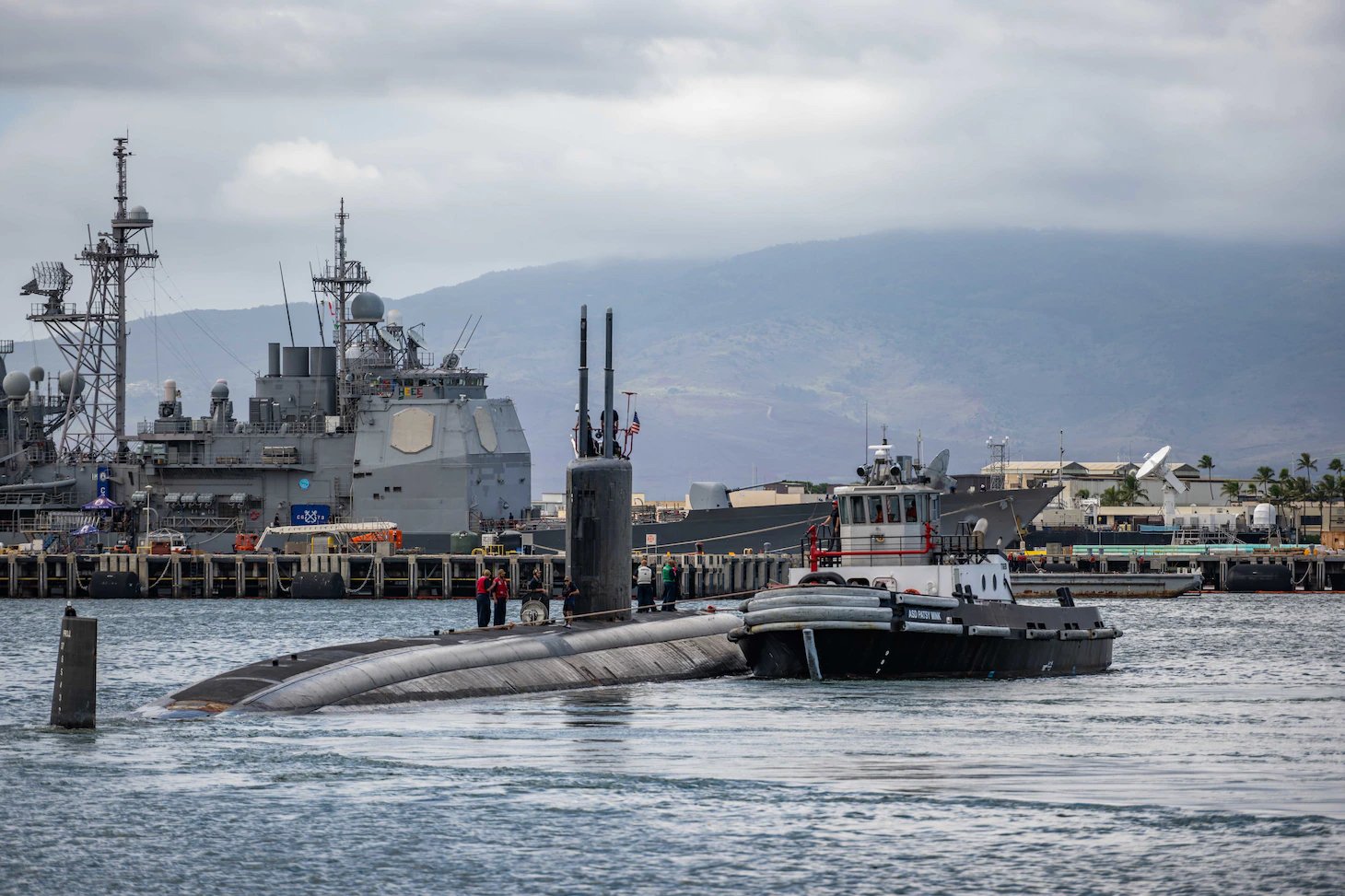
VIRGINIA BEACH, Va. — Less than a third of the Navy’s attack submarines have made it out of maintenance on time in the last decade as demand for the boats remain high, the head of Naval Sea Systems Command said on Wednesday.
“We’re really struggling to get submarines out on time. Over the last ten years, 20 to 30 percent [came] out on time,” said Vice Adm. Bill Galinis at the American Society of Naval Engineers’ annual Fleet Maintenance and Modernization Symposium.
The Navy currently fields a fleet of 50 attack submarines split between the Los Angeles (SSN-688), Seawolf (SSN-21) and Virginia (SSN-774) classes, with more Virginias under construction. While the U.S. attack boat force is key to the Pentagon’s plans to counter China’s People’s Liberation Army Navy, the service has had trouble keeping up with the maintenance demands.
As of Thursday, 18 submarines were in some type of maintenance, PEO Submarines Rear Adm. Jonathan Rucker said at the ASNE conference.
“That’s too high a number,” Rucker said Wednesday.
The earliest Virginia-class boats are among the hardest submarines to repair on time.
“We’ve seen a significant growth in the amount of man days required in submarine availabilities, particularly in the Virginia class,” Galinis said.
“We’re doing a deep dive to figure out why that is. It’s really a continuous process.”
While private yards like HII’s Newport News Shipbuilding and General Dynamics’ Electric Boat have taken on submarine maintenance work, the bulk of the attack submarine work happens at the Navy’s four public yards. Attack boats are third in line after nuclear ballistic missile submarines and aircraft carriers when it comes to repair priority and can bear the brunt of the shortfalls at the shipyards.
The yards have improved the on-time track records for boomers and carriers, but the record attrition at the public yards and a gap of a 1,000 workers have trickled down into sub repairs while demand for attack submarines has grown.
According to the Government Accountable Office, “Virginia class submarines have returned to operations almost nine months later than expected, on average; Los Angeles class submarines have taken four and a half months longer than scheduled, on average, to return to the fleet. As a result, some submarines have missed deployments or had their deployments at sea shortened.”

The class was designed following the end of the Cold War as a less expensive attack submarine compared to the high-performing Sea Wolf-class boats. The Virginias were designed to operate closer to shore and with components that met rigorous NAVSEA standards for submarine safety, but were not as durable as some of the older components on the Los Angeles-class boats.
“When we came off the Sea Wolf-class we had an extremely capable but relevantly more expensive submarine,” Rucker said.
“Where we were in the beginning of the Virginia class, we had a charge early on to build a design and build a submarine for an affordable cost to make sure we got the numbers we needed.”
Sustainment of the submarine class wasn’t a major requirement for the program and the Navy pushed maintenance aside for other cost saving considerations.
“Unfortunately, some of those challenges are here today,” Rucker said.
USS Virginia (SSN-774), commissioned in 2004, is wrapping up a mid-life availability and lessons from that repair and other early boats in the class are informing a class-wide maintenance plan to assist with scheduling and securing materials.
That Navy will implement that plan starting in Fiscal Year 2023 and may not see improvements until FY 2024.
“If you throw a rudder over on the Titanic, it takes a while for the ship to turn,” Rucker told USNI News.
“It’s going to take a little bit of time, just because there’s a lag and getting the resources or changing behavior or ensuring that we plan better for what we’re going to do.”
In the long term, the lessons from the Virginia-class sustainment issue have informed how the Navy planned for repairing and maintaining the Columbia-class ballistic missile submarines and the next-generation attack submarine SSN(X), Rucker said. Maximizing the time the submarine can deploy is key to the new design.
“The initial capabilities document actually has in it requirements for operational availability and sustainment,” Rucker said.
“It’s one of our four main requirements for SSN(X) … Speed, [signatures], payload and operational availability.”





